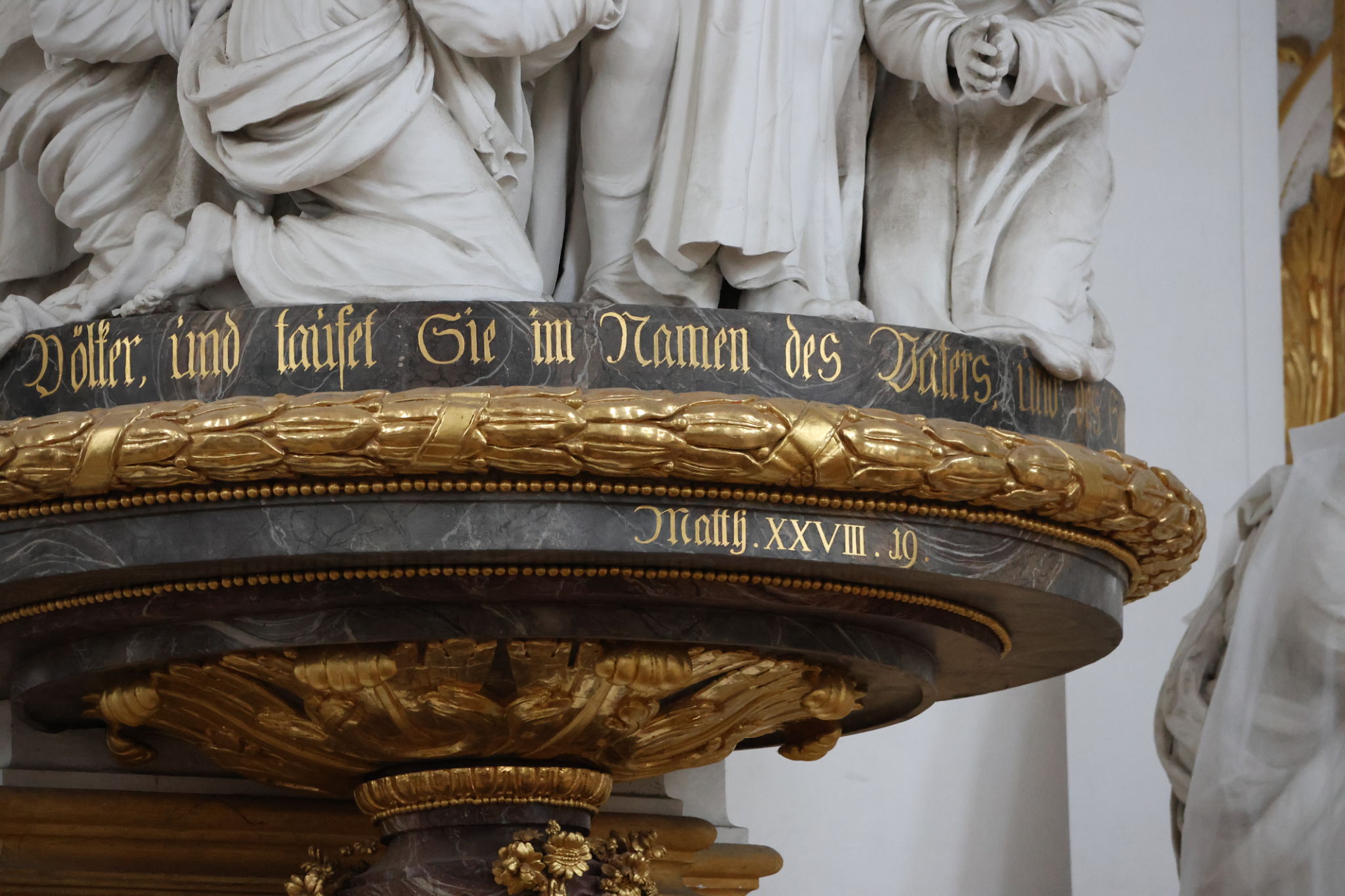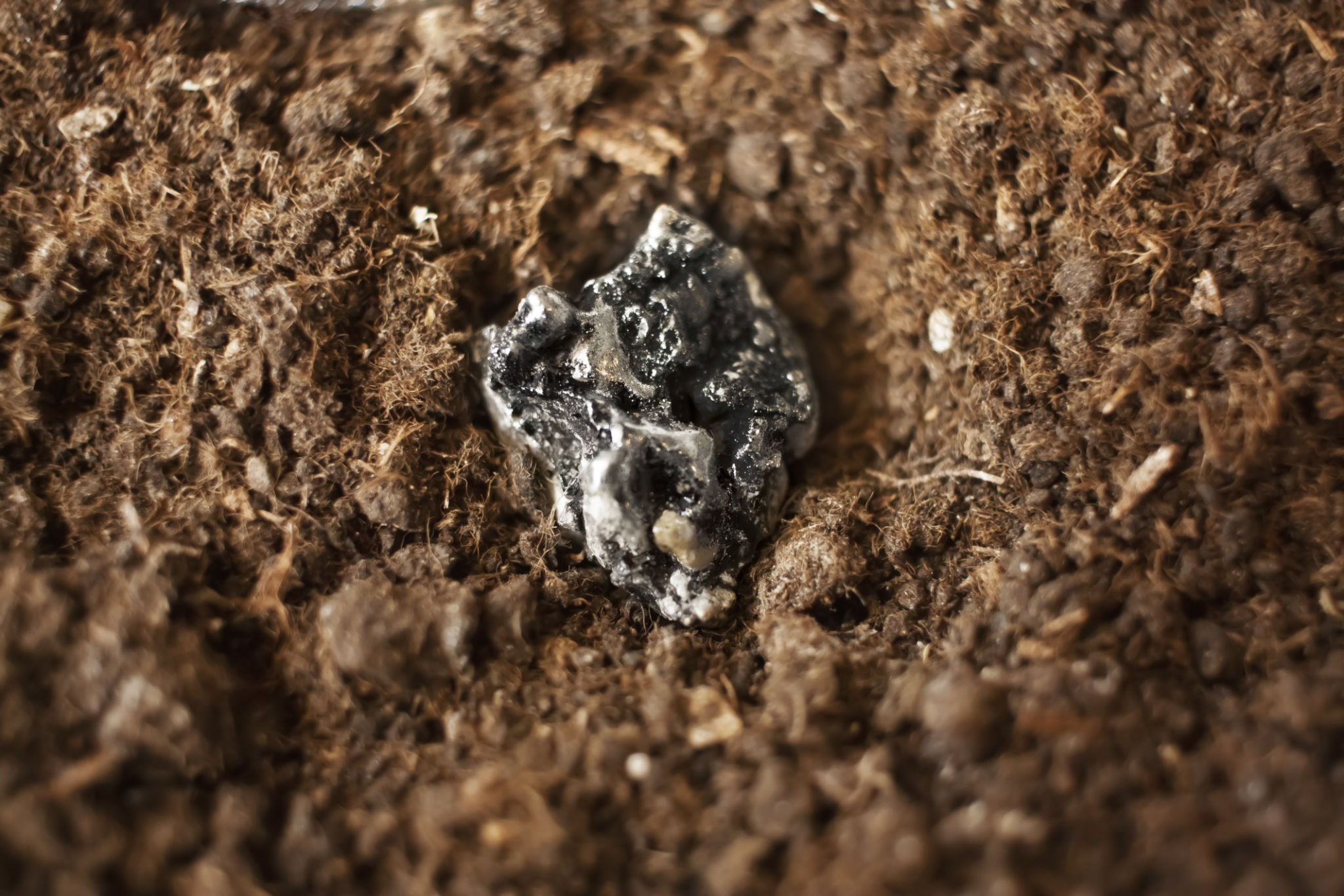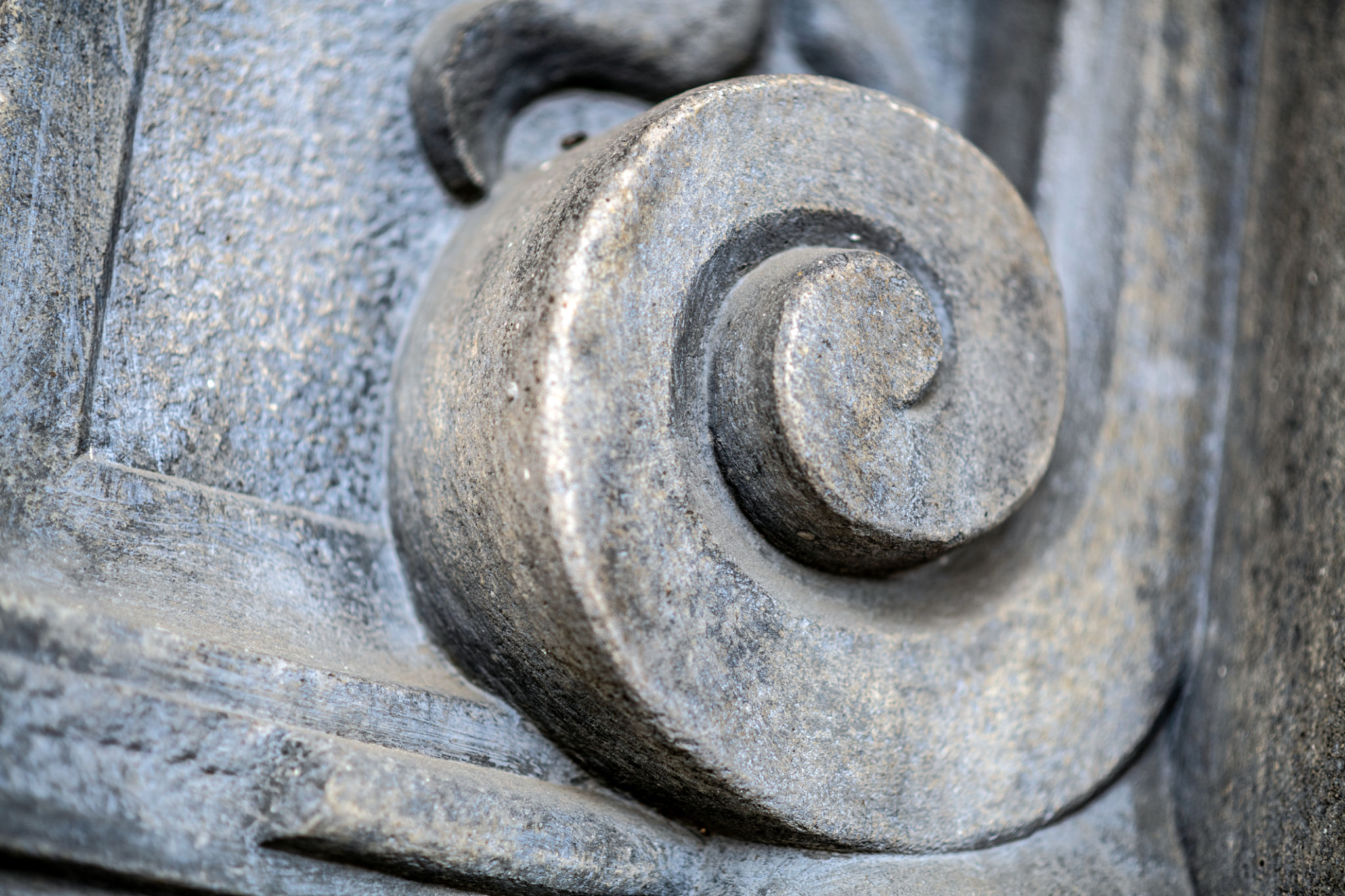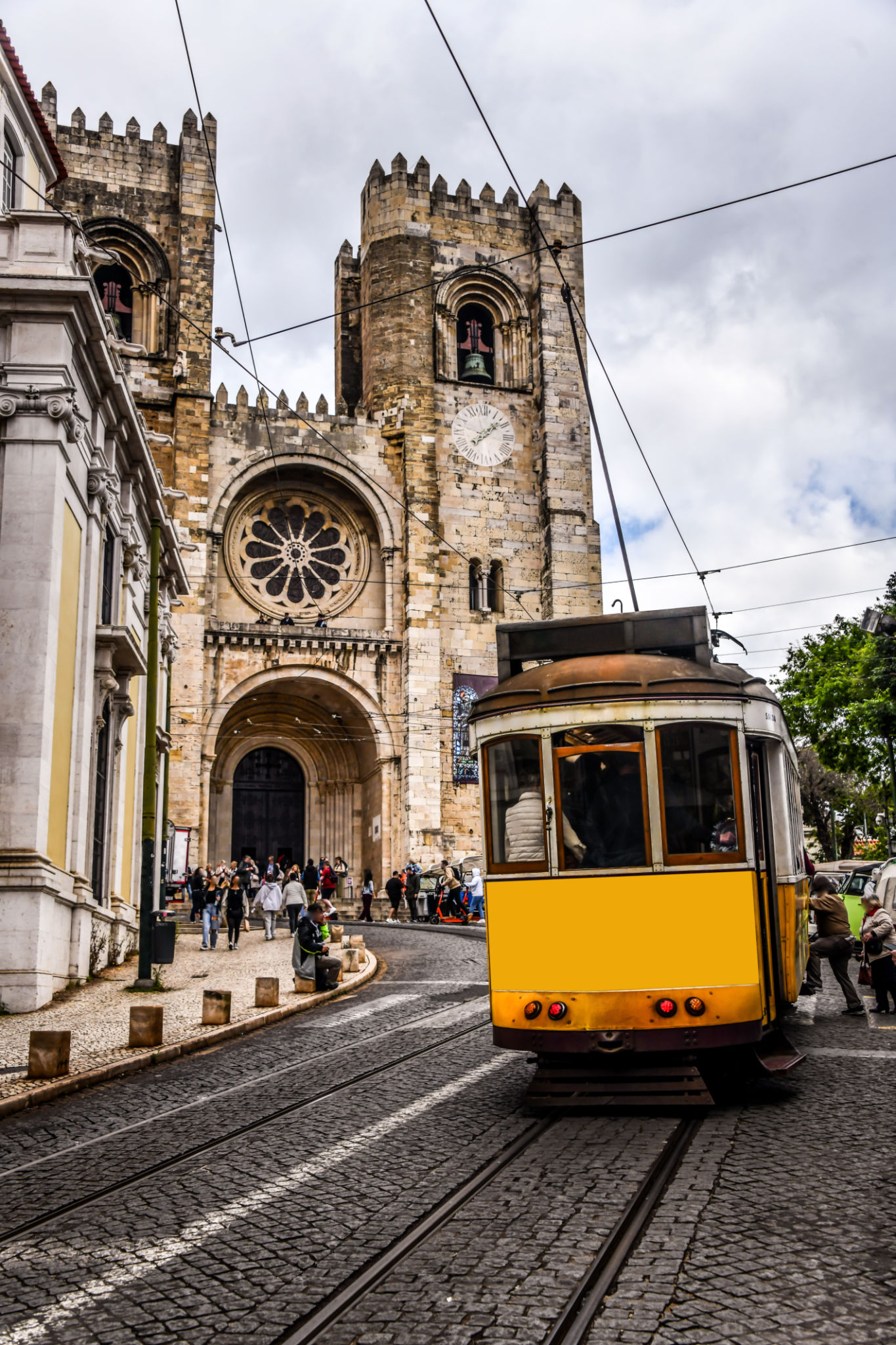Exploring the Rich Heritage of Pigments in Lombardia
The Historical Significance of Pigments in Lombardia
In the heart of Italy lies the region of Lombardia, a treasure trove of historical and artistic heritage. This region is not only renowned for its stunning landscapes and architectural marvels but also for its rich tradition of pigment production. The art of creating pigments has been an essential aspect of Lombardia's cultural identity, influencing artists and artisans throughout history.
Pigments, the substances that impart color to materials, have been used since ancient times to create vibrant works of art. In Lombardia, the development and use of pigments have a deep-rooted history, intertwined with the region's artistic evolution. From the frescoes adorning church walls to the delicate hues in Renaissance paintings, pigments have played a pivotal role in shaping Lombardia's artistic landscape.

The Origins of Pigment Production
Lombardia's journey with pigments began centuries ago when natural resources were abundant and easily accessible. Artists and craftsmen extracted colors from minerals, plants, and even insects, laying the groundwork for a thriving pigment industry. The fertile lands and diverse terrain of Lombardia provided a variety of raw materials, allowing for the creation of a wide range of colors.
Some of the earliest pigments were derived from ochre, a naturally occurring clay earth pigment with various hues ranging from yellow to deep red. The use of ochre can be traced back to prehistoric times, and its significance continued through the ages. Other valuable pigments included malachite, azurite, and lapis lazuli, each contributing unique shades to the artist's palette.

Renaissance and the Blossoming of Color
The Renaissance period marked a significant turning point for pigments in Lombardia. As art flourished, so did the demand for new and vibrant colors. Artists like Leonardo da Vinci and Bernardino Luini pushed the boundaries of pigment use, experimenting with techniques that would forever change the course of art history. This era saw the introduction of imported pigments like ultramarine, derived from lapis lazuli sourced from distant lands.
The quest for innovation led to the development of synthetic pigments, which allowed for more consistent and stable colors. This advancement not only enhanced the quality of artworks but also expanded the possibilities for artistic expression. Lombardia became a hub for pigment production, attracting artists and scholars eager to explore new frontiers in color usage.

Preservation and Modern Applications
Today, the legacy of pigments in Lombardia continues to thrive. Efforts are underway to preserve traditional techniques while embracing modern advancements. Conservationists work diligently to restore historical artworks, ensuring that future generations can appreciate their beauty and significance.
Moreover, contemporary artists draw inspiration from Lombardia's pigment heritage, incorporating these time-honored techniques into their work. The fusion of old and new creates a dynamic dialogue between past and present, celebrating the enduring impact of pigments on the world of art.

A Lasting Influence
As we explore the rich heritage of pigments in Lombardia, it becomes evident that these colors are more than mere tools—they are storytellers. Each hue carries with it a narrative of discovery, innovation, and cultural exchange. From ancient cave paintings to modern masterpieces, pigments have left an indelible mark on the canvas of history.
In conclusion, Lombardia's contribution to the world of pigments is a testament to its enduring artistic legacy. Whether in a museum or an artist's studio, these vibrant colors continue to inspire creativity and ignite imagination, ensuring that Lombardia remains at the forefront of artistic exploration.
